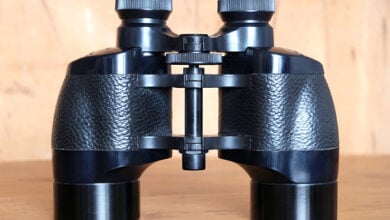Debunking The Big Myths About CNC Machining
From the outside looking in, there’s a bunch of stuff about CNC machining that may seem mysterious. Like many mysteries, however, the truth can be quite unlike our preconceptions, so today, we’re going to provide a quick guide to shed some light on the misunderstood details about CNC machining in the hopes of quashing the more pervasive myths that surround it.
Myth #1: CNC Machining Is Too Expensive
It’s little wonder why someone would think CNC machining is an expensive undertaking, especially hearing about all the fancy, computer-aided equipment. This thinking is a holdover from the earlier days of CNC machining, however, when the technology wasn’t as advanced and the software guiding machines wasn’t as sophisticated—it’s no longer accurate.
Modern CNC machining uses more efficient tech, and because of its automated elements, it’s actually one of the most economical ways to produce parts in bulk. Combined with that CAD (computer-aided design) and expanded access to global markets, and you’ve got a manufacturing process that’s actually much more affordable than you might think.
Myth #2: CNC Machining Is Completely Automated/Requires No Experience
While there is some automation involved in the way that CNC machining works, you shouldn’t get fooled into thinking that “computer controlled” means that there’s no human involvement whatsoever. The human touch still plays an important role in the CNC machining process, even though a computer might handle most of the heavy lifting when it comes to manufacturing.
You see, if some tools happen to move out of place or the machine malfunctions in some way, then it’s going to take a serious professional to get everything back in working order. That individual will need to have a keen eye that can spot problems quickly, and they should be comfortable with performing routine maintenance activities, so it’s not as if an engineer just presses a button then walks away while the CNC machine does all the work.
Myth #3: CNC Machining Limits Innovation
This is another somewhat understandable train of thought. If something uses computerized machinery, after all, then creative, free-form designs must be out of the question, no? There are plenty out there who think that CNC machines cannot handle intricate designs, but that simply isn’t the case. CNC machining is quite capable of angular cuts and complex geometries.
The reason for this? It lies partly in the CAM software and CAD models created by manufacturers, which allow for sophisticated designs to be interpreted by CNC machines. Now, with those machines sporting more capable tools than ever before, manufacturing components with depth, complexity, and precision is something well-possible.
Myth #4: CNC Machining Is On The Decline
While it’s true that the manufacturing industry is always evolving, it’s a step too far to think that CNC machining is no longer relevant. It’s actually still an important tool, particularly in additive manufacturing situations and for rapid turnarounds on prototypes and other projects. What’s more, as manufacturing evolves, so too do CNC machines and their processes.
New innovations are periodically integrated—such as AI and advanced robotics—that continually provide CNC machining with a competitive edge within the manufacturing world. Far from abandoning these techniques, this is a time when CNC machining is accessible and being embraced by those who value precision execution on their parts.





